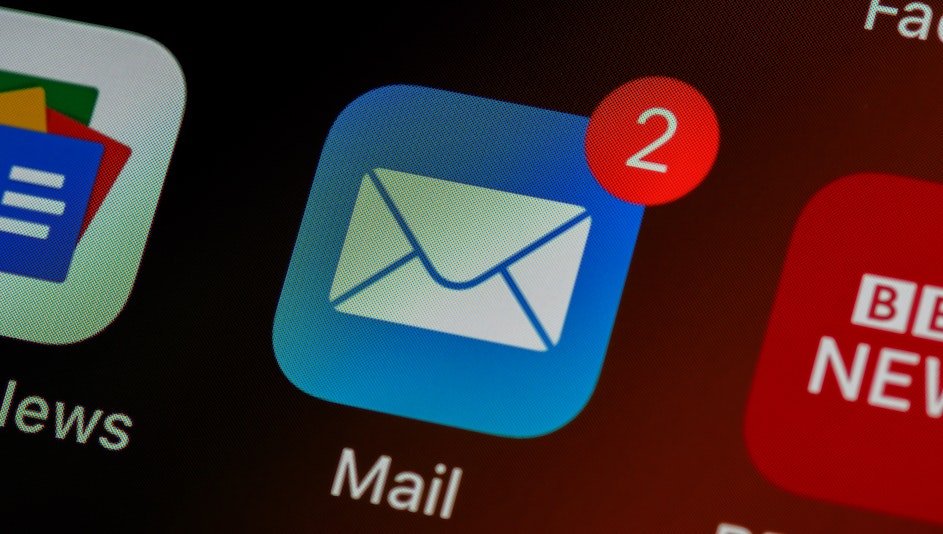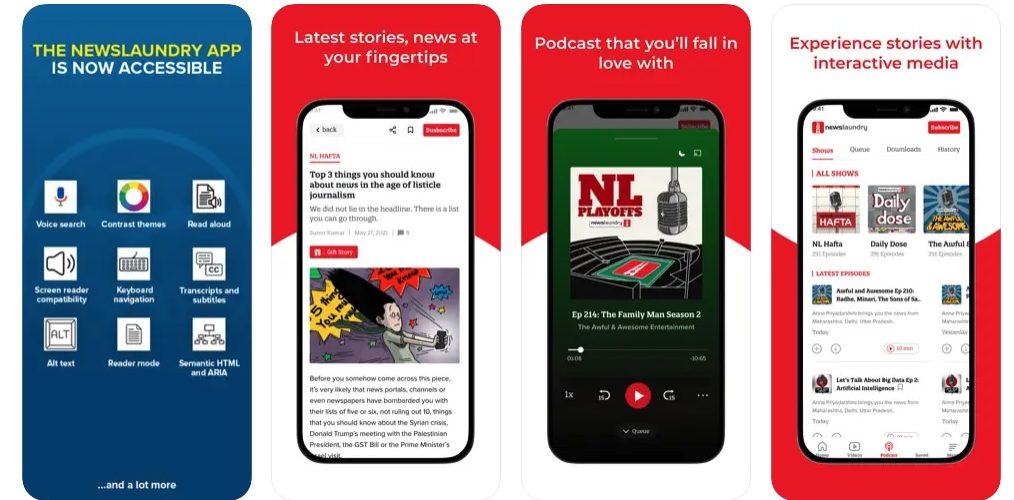
Newsletter
Newsletter
Publishers are hungry for first-party data. We review tactics they are using in addition to registration to entice audiences to share their information.
19th October 2022

In the Pugpig weekly media bulletin, Pugpig’s consulting services director Kevin Anderson distills some of the best strategies and tactics that are driving growth in audiences, revenue and innovation at media businesses around the world.
In the work that we do at Pugpig, our customers are constantly looking for new ways to get to know their customers – the shift from unknown-to-known audiences that we discussed last week when we reviewed The Independent’s A2K strategy. These strategies are dynamic, not static, as data and customer feedback allows publishers to get smarter about how they engage and convert their audiences to registered users or paying subscribers. With every iteration of registration or subscription strategies, they are becoming more sophisticated and adding new tactics to drive success.
Sign up to get the Media Bulletin in your inbox.
Like any relationship, a commitment rarely comes from that initial introduction, and the same is true for registration.
And what many publishers are realizing is that a hard registration wall that forces someone to give up their email address to continue reading is almost too blunt of an ask. There needs to be an irresistible value proposition that readers, new and loyal alike, cannot turn down.
Kayleigh Barber, Digiday
Based in part of what Digiday heard at its recent publishing summit, the digital publishing site found several tactics that are working in terms of capturing email addresses and at least one that wasn’t working.
As Barber writes, this might seem blindingly obvious, but if your goal is to capture an email, it might be easiest to do that by offering someone a newsletter. But what happens if you don’t have the resources to run the roughly 70 newsletters that the Washington Post publishes? Publishers are finding success with “low-lift” automated topical or breaking news alerts, Barber said. The Toronto Star has 330,000 newsletter subscribers, and about half of their subs are signed up for these automated newsletters, which include breaking news alerts, investigation updates, topical reports or single-author newsletters, according to David Topping, newsroom director, newsletters.
At Pugpig, we are working with customers to develop RSS-feed driven newsletters that take the most recent articles from a topic or section. Most of the major newsletter software packages including MailChimp, Constant Contact and Hubspot have the ability to create automated newsletters. All journalists have to do is add an article or piece of content to a special feed to create the newsletter.
Another conversion strategy that is working for the Star is social ads, and Topping said that the tactic is delivering thousands of new registrations each week, users who were not paid subscribers or had signed up for a newsletter.
But not all of these experiments have been successful. Salon had hoped that by requiring audiences to register to comment that they would capture more user registrations, but last year they turned off comments. It wasn’t necessarily that the conversion rate was low but simply that people didn’t seem interested in commenting. Less than one half of one percent of their 10m users were interested in commenting, according to Salon CRO Justin Wohl.
If you want some support with automated newsletters, get in touch with our consulting services team at info@pugpig.com.
What about the channels that drive subscription conversion? INMA started to give an answer, comparing SEO and social under the growing tent of the New York Times stable of brands. Claudio Cabrera, vice president of newsroom strategy and audience at The Athletic and former strategist at The New York Times, has a unique vantage point as he has managed conversion strategies across both the company’s core news brand and now the recently acquired sports brand, The Athletic.
The first insight is that the relative importance of channels that drive conversion is not static. In 2016 when Cabrera started with the New York Times, search was not an important driver of conversion, with social driving 35% of all subscriptions that year. But between 2016 and 2022, social as a driver of subs dropped so that it now only stands at 12%, while search grew from 16% to 35% over the same time. One reason for the shift is that during that time, he worked to emphasise the importance of SEO to editors and journalists by impressing on them how search delivered new users.
Not all of The Times’ subscribers think of us first, they first think of Google.
Claudio Cabrera, vice president of newsroom strategy and audience at The Athletic, formerly a strategy at the New York Times
Now, he works for The Athletic, a sports site that the New York Times bought in January of 2022. For that audience, the channel that drives subscriptions is Twitter, which has driven 75% of its subscriber base. It makes sense. Sports figures and the reporters that follow them are on Twitter. While journalists in general tend to be more focused on Twitter than their audience, sports reporters on Twitter are exactly where their audiences are.
As we do interviews for our upcoming State of the Digital Publishing Market report, we have asked analysts and leaders in the industry what are the biggest challenges that they are facing. Growing subscriptions and retaining subscribers tops the list, which we expected, but there are a couple of other challenges that the media leaders we are talking to tell us they are facing: Inflation driving up their costs especially for print products and the challenge of attracting and retaining talent. There is greater competition for star talent, who drive editorial success, and can launch their solopreneur careers as creators, and the leaders working in technology and product development speak of the acute challenge that they are facing, with talent lured by tech firms that can pay much more and offer more opportunities for advancement.
The Local News Association in the United States highlighted the size of this challenge facing publishers.
One of the bigger companies out there that I know, has a spreadsheet that has a possible acquisition list of top industry talent. Over half of the people on the list that covered a recent five-year period had left the industry.
Mark Briggs, vice president of innovation and organization effectiveness for SmithGeiger
While there is competition especially for pay for tech staff, SmithGeiger found that when they adjusted for industry, the presence of a toxic culture outpaced pay as a predictor for attrition by 10 times. They found that managers are seeking help to manage talent loss. They want help supporting employees who are suffering from burnout and help to identify team members who needs support. While Pugpig isn’t an HR consultancy, we heard this challenge from you and wanted to highlight some advice on how smart people are addressing it.
Here are some of the most important headlines about the business of news and publishing as well as strategies and tactics in product management, analytics and audience engagement.

Newsletter

Newsletter

Newsletter

Newsletter

Newsletter